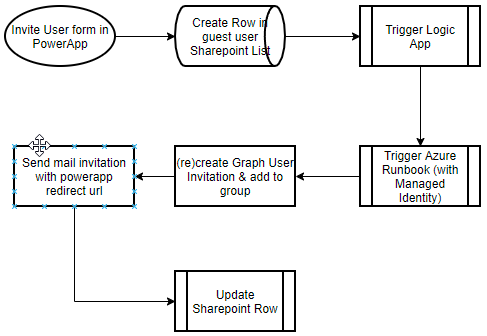When working with the api.interfaces.records.teams.microsoft.com API, I noticed that the MS portal uses an X-MS-Forest header.
At first, ignoring this went fine as doing GET calls to this api didn’t seem to require it. But, of course the moment I wanted more, it suddenly WAS required (PUT/POST).
The question was; how does the portal determine the value for this header and how do we replicate that? Well, that wasn’t difficult: apparently a call to api.interfaces.records.teams.microsoft.com/Teams.Tenant/tenants suffices and returns the value for the X-MS-Forest header for the tenant identified in your token. Example:
$headers = Get-GraphToken -tenantid $tenantId -scope "https://api.interfaces.records.teams.microsoft.com/user_impersonation"
#get the correct forest
$tenantInfo = Invoke-RestMethod -Method GET -uri "https://api.interfaces.records.teams.microsoft.com/Teams.Tenant/tenants" -UseBasicParsing -ContentType "application/json" -Headers $headers
#add the X-MS-Forest header (required) for subsequent calls
$headers["X-MS-Forest"] = $tenantInfo.serviceDiscovery.Headers.'X-MS-Forest'




